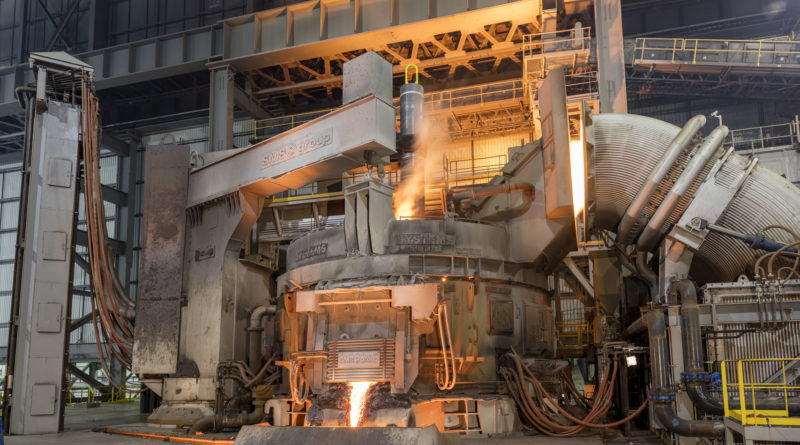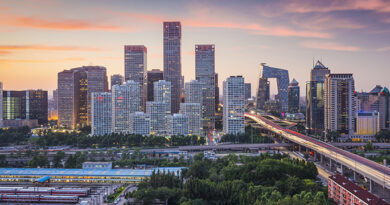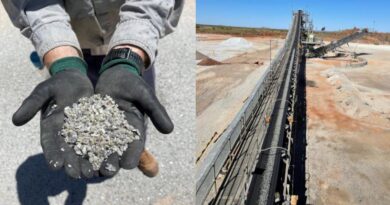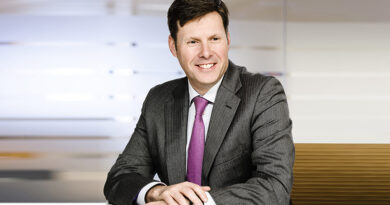Meeting electricity requirements for melting steel scrap in EAF
Smelting scrap and HBI in the electric arc furnace is an energy intensive process. Consequently, if the EAF is to take over its key role in the hybrid plan, it must be connected to a sufficiently powerful electricity grid. The basis for this must first be established:
“Decarbonizing energy-intensive sectors such as the steel industry through electrification depends on the availability of renewable energies and corresponding infrastructure expansion, and, lastly, competitive prices. If there is no 220 kV line in place by 2026, we will not be able to implement our hybrid project in Linz and Donawitz by 2030. We need this supply. And it must be reliable and stable.” Says Stefan Engleder, Head Process Operator for electricity at voestalpine Stahl.
“The expansion of power supplies at our blast furnace sites is also important for another reason: when we smelt less iron ore in the blast furnace, we reduce the volume of blast furnace gas available to meet our internal power needs. And electricity will become a key energy supplier for the steel industry, both to operate electric arc furnaces, and for electrolysis to make the hydrogen needed to produce DRI.”
CHALLENGE OF GREEN ELECTRICITY
Creating the preconditions needed for climate-neutral steel production by 2050 is a challenge not only for the steel industry, but for society as a whole. For the full significance of the hybrid plan can only be realized with the use of electricity generated from renewables. There can be no green steel without green electricity. The power consumed in electric arc furnaces will be far outstripped by the electricity needed for tomorrow’s hydrogen-based steel production route.
This is clearly demonstrated by Germany, the world’s seventh-largest producer of steel: it would need the power output of an additional 12,000 wind turbines to convert its steel production to hydrogen. This is an example of a requirement that can only be met with the support of viable policy framework.




